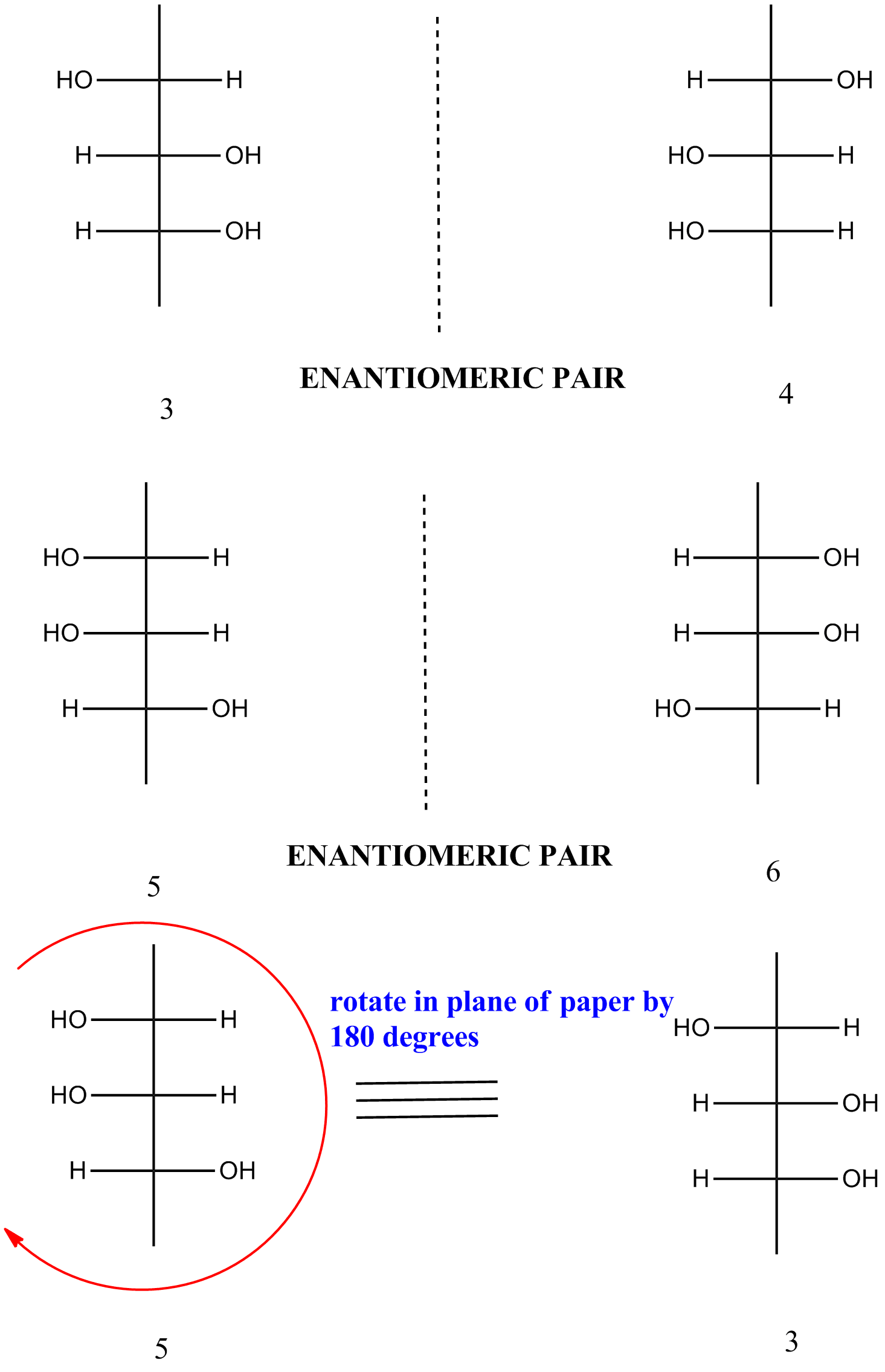The answer is apparently 4, but the solution does not make sense.
I can only identify 2 chirality centers (the central carbon cannot be a chirality center) so I thought 2^2 = 4 stereoisomer possibilities, but because of the existence of a plane of symmetry, there is a meso compound: thus there should only be 3 stereoisomers.
However, the solution claims that initially, we can deduce 3 chirality centers and claim 8 stereoisomers, then eliminate some of them through the observation of plains of symmetry (there is only one as far as I can see either way). This solution does not make sense, but when I checked by looking at all of the structures, it seemed true. Can someone help me what I am missing?







